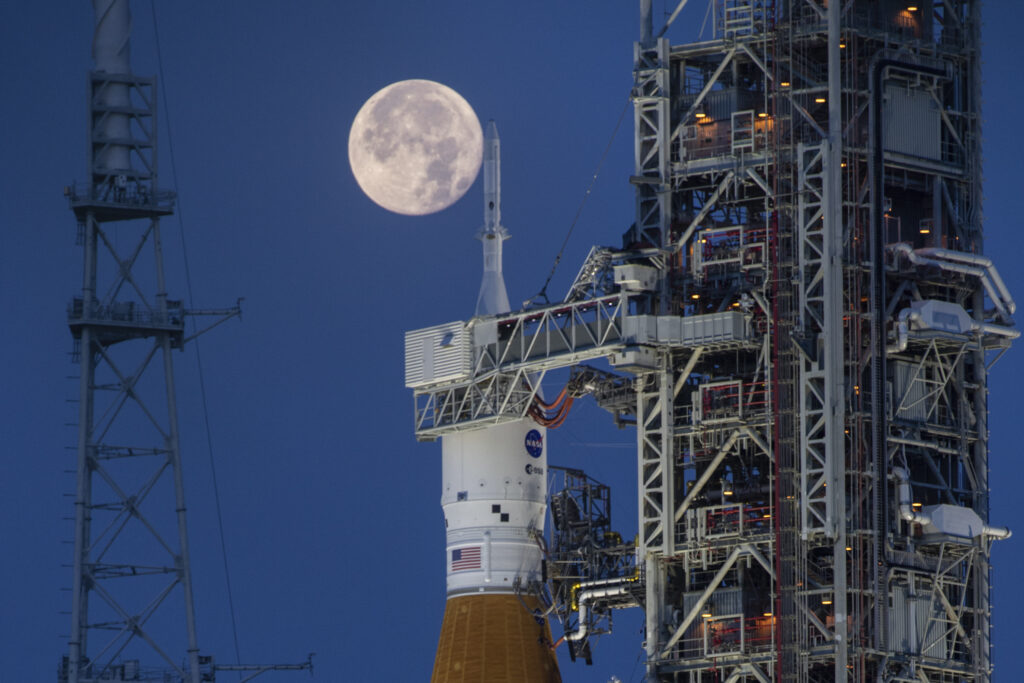NASA announced it was delaying two major moon missions on Tuesday. The news comes after the latest Artemis launch resulted in a critical fuel leak.
The space agency is now expected to launch Artemis II in September 2025, which will be the first crewed Artemis mission around the Moon. Artemis III’s launch is now planned for September 2026.

The launch date for Artemis IV, the first mission to the Gateway lunar space station, has not been affected and is still scheduled for 2028.
“We are returning to the Moon in a way we never have before, and the safety of our astronauts is NASA’s top priority as we prepare for future Artemis missions,” NASA Administrator Bill Nelson said in a statement.
“We’ve learned a lot since Artemis I, and the success of these early missions relies on our commercial and international partnerships to further our reach and understanding of humanity’s place in our solar system. Artemis represents what we can accomplish as a nation – and as a global coalition. When we set our sights on what is hard, together, we can achieve what is great,” he said.
NASA said the safety of the crew was the main reason for the delay. An investigation into why there was a fuel leak and the loss of char layer pieces from the spacecraft’s heat shield is expected to conclude this spring. The delay is also because other testing found additional problems that require more time to resolve.
The fuel leak was first reported seven hours after liftoff at the Cape Canaveral Space Force Station in Florida, and the spacecraft was expected to land on the moon on Feb. 20, 2023.
U.S. officials are looking to put a person back on the moon in the next few years. The United States saw success in the space race during the 1960s and 1970s but stopped putting people on the moon in the early ’70s.
CLICK HERE TO READ MORE FROM THE WASHINGTON EXAMINER
The U.S. launched its last moon-landing mission in December 1972, when Apollo 17 placed Gene Cernan and Harrison Schmitt on the moon, becoming the 11th and 12th men to walk on the moon.
China, India, and Russia have also successfully landed on the moon.
